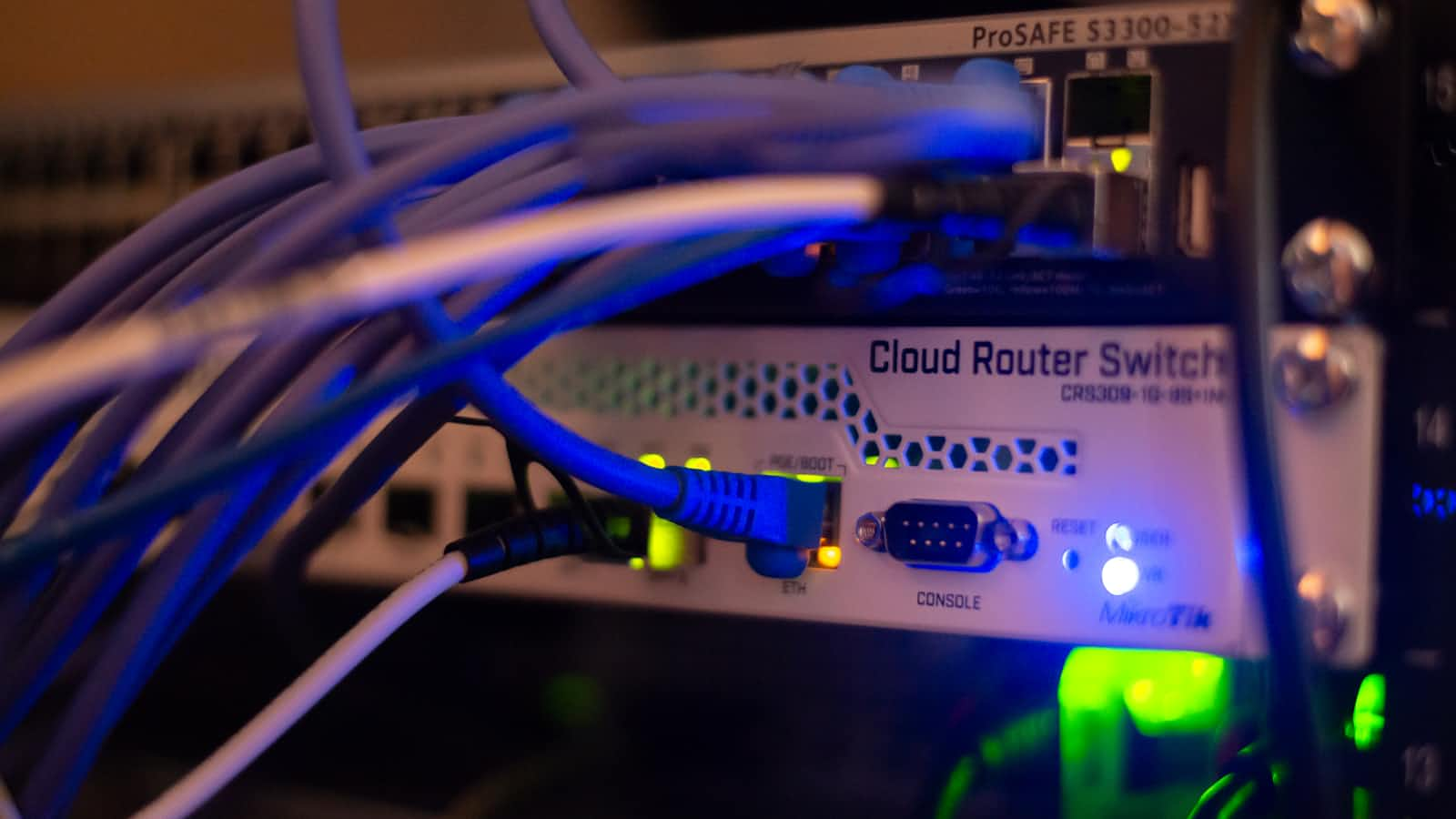Understanding Network Hardware and Software Components
 Nihal Raj
Nihal Raj
Understanding Hardware and Software Components of a Network
Networking is the backbone of modern communication, enabling everything from browsing the web to streaming videos and connecting businesses worldwide. To understand how networks function, we need to explore their key hardware and software components. Let’s break them down in a simple way.
Common Network Devices
A network consists of various devices that work together to transmit data efficiently. Here are the most important ones:
1. Computers
Computers are the primary devices that access and use network resources. They can be clients (users accessing resources) or servers (providing resources to clients).
Example: When you open a website, your computer acts as a client, while the web server hosts the site.
2. Access Points (APs)
Access Points allow wireless devices to connect to a wired network using Wi-Fi technology.
Example: The Wi-Fi router in your home serves as an access point, enabling your smartphone and laptop to connect to the internet wirelessly.
3. Hub
A hub is a basic networking device that simply transmits data to all devices in a network without filtering or directing it.
Example: Imagine a loudspeaker in a room; it broadcasts sound to everyone, regardless of who needs it.
4. Switch
A switch is a smarter version of a hub. It sends data only to the intended recipient, making communication faster and more efficient.
Example: Think of a receptionist who directs visitors to the correct office instead of sending them to every office in the building.
5. Router
A router connects different networks and directs data between them. It also assigns IP addresses and helps manage network traffic.
Example: Your home router connects your devices to the internet and ensures smooth data flow between them.
6. Repeater
A repeater boosts and retransmits network signals to extend their range.
Example: If your Wi-Fi signal weakens in certain areas of your house, a repeater can help extend its reach.
7. Network Interface Card (NIC)
A NIC is a hardware component that allows a computer or device to connect to a network via a wired or wireless connection.
Example: Your laptop’s Wi-Fi adapter is a NIC that enables wireless connectivity.
8. Modem
A modem (Modulator-Demodulator) converts digital data from a computer into a signal that can travel over telephone or cable lines and vice versa.
Example: Your broadband modem allows you to access the internet via your ISP.
LAN Cables and Connectors
Local Area Networks (LANs) rely on various cables and connectors to transmit data efficiently.
1. Co-axial Cable
A co-axial cable has a central conductor surrounded by insulation and shielding. It is commonly used for cable TV and older network connections.
Example: The thick black cable used for TV connections is a co-axial cable.
2. Twisted Pair Cable
This cable consists of twisted pairs of wires to reduce electrical interference. It is the most common cable for LANs.
Example: Ethernet cables used for wired internet connections are twisted pair cables.
3. Optical Fibre Cable
Optical fibre cables use light signals to transmit data at incredibly high speeds over long distances.
Example: Fiber-optic broadband connections provide ultra-fast internet speeds with minimal signal loss.
LAN Connectors
1. Co-axial Cable Connectors
These connectors attach co-axial cables to devices like modems and cable TV systems.
Example: The screw-in connectors on cable TV wires are co-axial connectors.
2. Twisted Pair Cable Connectors
RJ45 connectors are the standard connectors for Ethernet cables used in LANs.
Example: The rectangular plug at the end of an Ethernet cable is an RJ45 connector.
3. Optical Fibre Connectors
Fiber optic cables use specialized connectors like SC, LC, and ST to join network devices.
Example: Data centers use optical fibre connectors for high-speed networking.
Security and Network Management
1. Firewall
A firewall is a security system that monitors and controls incoming and outgoing network traffic based on security rules.
Example: A firewall acts like a security guard, blocking unwanted visitors while allowing trusted ones in.
2. Firmware
Firmware is a type of software embedded in hardware devices to control their functionality.
Example: The software running on your Wi-Fi router that allows it to manage connections is firmware.
3. Internet Service Providers (ISPs)
ISPs are companies that provide internet access to homes and businesses.
Example: Popular ISPs include Jio, Airtel, and BSNL, which offer broadband and mobile internet services.
Subscribe to my newsletter
Read articles from Nihal Raj directly inside your inbox. Subscribe to the newsletter, and don't miss out.
Written by

Nihal Raj
Nihal Raj
Tech enthusiast | Exploring coding, AI, and digital creativity | Passionate about teaching and innovation.